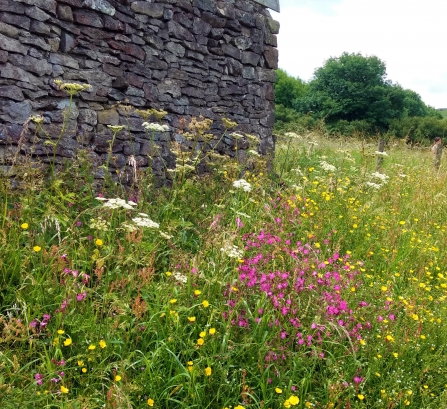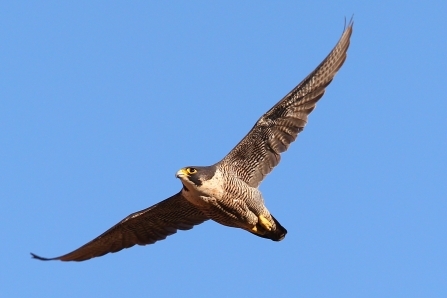Far from being the slow downhill path that some people fear retirement to be, I viewed it as a chance to do more of those things I really enjoy doing – and over the past decade that’s grown into a fairly lengthy list, but right up there at the top is getting out and about to explore our county and the exciting wildlife its hills, fields and valleys has to offer.
Soon after leaving Rolls-Royce in 2008 I investigated local volunteering opportunities and, as well as adult education work (though latterly I’ve become more involved in youth justice activities), I looked at what I could do to support the wildlife on my doorstep.
Derbyshire Wildlife Trust was a clear opportunity and, after deciding green fingers and practical work was not my forte, I offered to monitor wildlife and undertook my first survey in October 2009 when I began to get to know the footpaths and nooks and crannies of Rose End Meadows.
Over the succeeding ten years I have monitored two reserves on a monthly basis. Initially, the other reserve I visited was Hopton Quarry but, as my main strength was identifying birds and mammals, I soon swapped with some volunteers far more proficient than I with the flora and butterflies that proliferate at the isolated quarry.
Instead I was asked to take a look at Gang Mine, at the top of Cromford Hill, as it had not been monitored regularly for some time. I was glad to do so as it’s a different type of terrain and topography even though only the gaping maw of Dene Quarry separates it from Rose End, positioned half-way down Cromford Hill. That was over eight years ago.


